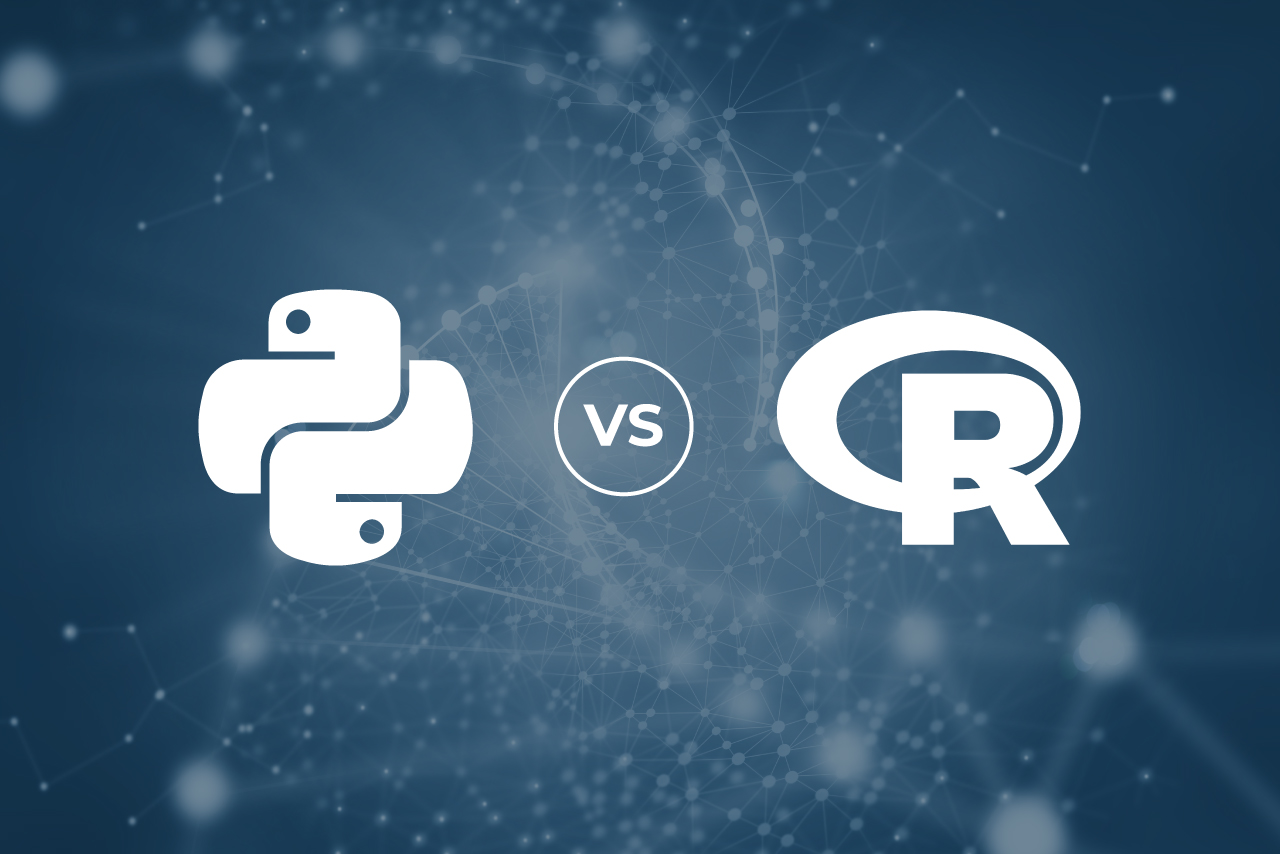Which Is Better For Data Analysis: Python or R
Nowadays, data analysis is considered as a crucial aspect of the job – since the number of individuals is keeping upward. However, the vast availability of data, additional influential computing, and the importance of those decisions that are analytics-driven in the domain of business is turned out a peak of success for data science. It is quite difficult to select which one is good for the analysis of data, either R or the Python. Moreover, it is particularly a fact that if a beginner comes in a field of data analysis and searching for the precise computing language then one should consider any of these. However, it’s expected to identify the pros and cons of both of the languages. Any of the languages is not greater as compared to others; it’s all depending on your usage as well as the queries – which you are trying to find the answers.
All the same, R and Python seem to be the topmost renowned programming languages for the data -analysis, and both of them contain their followers and challengers. Even though Python is acclaimed for a general-purpose coding language along with easy to understand syntax, therefore many people have obtained Python certification – concluded from the recent survey. However, the functionality of R was initiated along with the mathematicians in mind, in that way offering it field-specific benefits just like the best aspects for the visualization of data.
R or Python – for Data Analysis
Python and R – both are open-source coding languages along with a massive group of peoples. Newest tools and libraries are including their list of collections. The usage of R is particularly for the analysis of statistics whereas Python is offering a more universal line of attack to the data analysis.
When and How to Use Python
A person can make use of Python while their tasks of the data analysis require to get unified with the website applications or in case if statistics coding requires growing into an adapted production database. As it is a coding language, it is the best tool to execute the algorithms just for the usage of products. Because the beginning of the packages of Python for the data-analysis was a problem in the previous times, this thing is now quite improved in recent times. You should be ensured to make the installation of Sci-Py or Num-Py as well as Pandas (manipulation of data) to turn out the Python serviceable for data analysis. Moreover, you should thoroughly consider mat-plot-lib on account to create the graphs and sci-kit-learn for the ML. In contrast with the R, Python does not own any observable I-D-E. It is suggested to consider Rodeo, I-Python-Notebook, and Spy-der to check which one of the following is best suitable for your requirements.
When and How to Use R
The usage of R is particularly achieved while the tasks of data analysis need separate analysis and computing on the single servers. It is crucial for examining type work, whereas it is in easy reach for approximately every type of data – analysis as there is an immense variety of packages. Furthermore, also readily serviceable tests that are offering you with the essential tool-chains to getting up as well as run infinitely. Moreover, R would become an element of the big-data solution. Once you take a start with the language of R, the most essential phase is to make the installation of the great R-Studio I-D-E.
Python: Pros and Cons
Pro: A General-Purpose Language
Python seems to be the universal purpose coding language – which is easier to use as well as automatic. It offers a comparatively smooth learning arc, and also enhances the velocity where a person is supposed to code a program. In some other words, you are requiring minimum time for coding, and you own further time on account to play with this.
Pro: It Is Multi-Purpose
Python takes along the individual with some other kinds of backgrounds in an organized way. In general, this language is easily understandable -which is recognized by the coding programmers. Furthermore, it would understand by the statisticians too in the easiest way, you would generate only one tool which incorporates all aspects of the flow of work.
Pro/Con: Visualizations
Visualizations are considered as an essential standard while selecting data-analysis software. Even though Python owns a few of the great libraries of visualization, there’re maybe numerous opportunities to selecting from. Furthermore, while comparing with the R, typically visualizations are further complex, and outcomes aren’t always become so nice to you.
Con: Python Is a Challenger
Python seems to be the opponent for the R – isn’t offering any substitute to so many crucial packages of R. However, it is holding up, and still, it is not so clear if this thing would turn out the individuals giving up the R?
Pros and Cons of R
Pro: A Picture Says More than a Thousand Words
Data that is visualized would be comprehended effectively as compared to the raw series separately. Visualization and R seem to be a great match.
Pro: R Ecosystem
R encompasses an enormous eco-system for the packages of cutting edge as well as an active community. One can look via the entire packages of R on the R-documentation.
Pro/Con: R Is Slow
R aimed to turn out the data analyst life easy. However, R was claimed to be quite slow as coding was not written appropriately.
Con: R Has a Steep Learning Curve
The learning – curve of R is not negligible, mainly if a person originated from the G-U-I for the statistical examination.
Conclusion
It is believed that Python is quite an influential, multipurpose language that can be used by programmers for numerous tasks in the domain of computer science. Getting hands-on Python would assist you in generating an adaptable tool kit of data-science. Whereas, R seems to be such a programming setting that is aimed for data analysis – which is quite renowned in the domain of data science. The fact is; getting expertise on these two tools and also uses those for their strong point would only develop you as a data professional.





Post Comment
You must be logged in to post a comment.